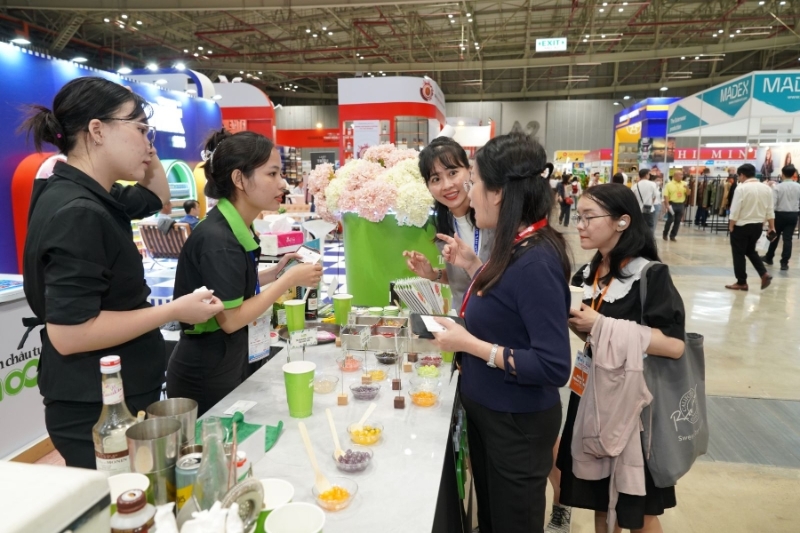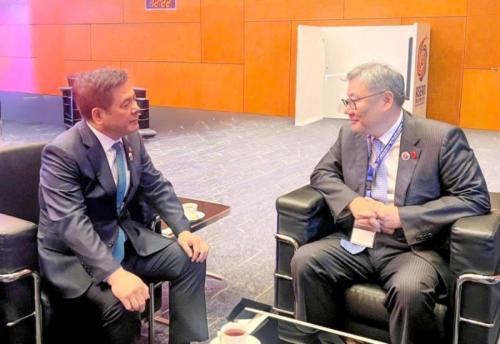PM directs urgent measures to stimulate domestic market, target 8% growth
The PM’s September 29 official dispatch requested the People's Committees of provinces and centrally-run cities to regulate supply and demand and stabilize the market.
Prime Minister Pham Minh Chinh has signed Official Dispatch No. 179/CD-TTg dated September 29, 2025, requesting ministries, sectors, and localities to synchronously implement numerous solutions to promote the development of the domestic market, stimulate consumption, and contribute to achieving the national economic growth target of over 8% in 2025.
Accordingly, the PM assigned the Ministry of Industry and Trade to coordinate with relevant ministries, agencies, and localities in organizing a special communication campaign to intensify the "Vietnamese People Prioritize Vietnamese Goods" movement, aiming to affirm the quality of domestically produced products and goods. The campaign will also launch a movement to consume Vietnamese goods on Vietnamese and international e-commerce platforms.
Concurrently, the ministry will organize trade promotion programs and concentrated promotional campaigns to stimulate consumption within the framework of national trade promotion programs and plans. It will also boost supply-demand connectivity activities, organize the distribution of Vietnamese goods to rural, mountainous, remote, border, and island areas, and economically disadvantaged regions through multi-channel models. Furthermore, it will link with Vietnamese agricultural product exchanges to circulate local specialties and OCOP-certified products.
The ministry is also tasked with coordinating with relevant ministries, agencies, and localities to promptly organize the Autumn Fair 2025, ensuring its practicality, effectiveness, economy, security, and safety for the public.
The PM assigned the Ministry of Culture, Sports and Tourism to coordinate with relevant ministries, agencies, and localities in focusing on solutions to promote tourism programs, combining them with cultural activities, events, festivals, and trade promotion programs nationwide. This aims to enhance experiences and stimulate consumption of Vietnamese goods and services by both domestic and international tourists.
The State Bank of Vietnam is directed to instruct credit institutions to actively apply digital transformation in loan application processes, shortening processing times, increasing transparency, and creating favorable conditions for people and businesses to access loans, thereby boosting domestic consumption.
The PM requested the People's Committees of provinces and centrally-run cities to direct distribution systems to ensure the supply of essential goods; implement measures to regulate supply and demand and stabilize the market; strengthen price management, and strictly handle violations of price laws. Furthermore, they should promote the transparent and public disclosure of product origins and geographical indications in accordance with regulations.
The PM also called for reviewing and cutting down administrative procedures as much as possible, continuously improving the business investment environment; definitively resolve obstacles related to land, investment, and construction... to remove difficulties for businesses and people and accelerate the implementation progress of projects in the area.
Source: Song Hà





